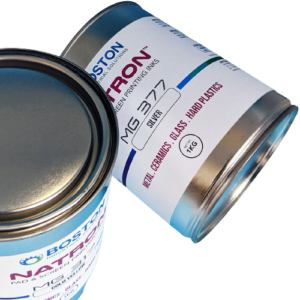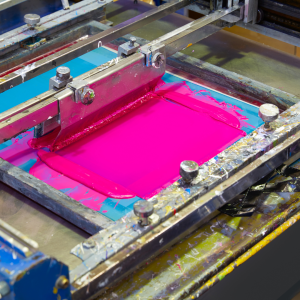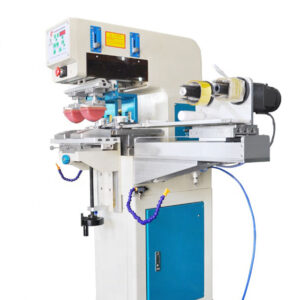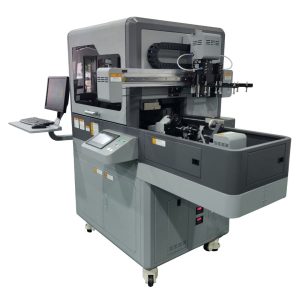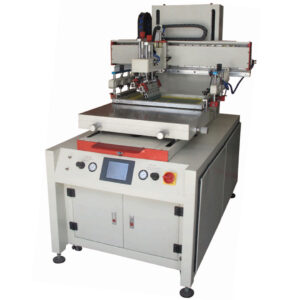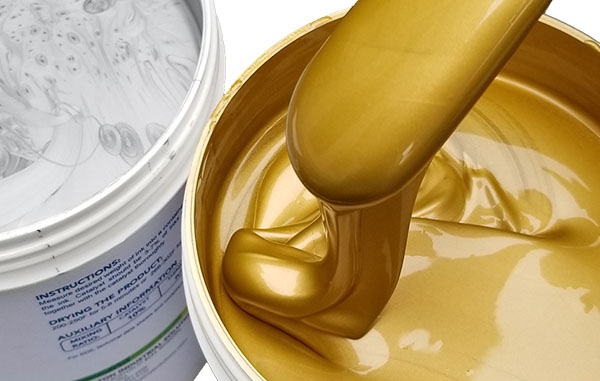What is pad printing ink?
Pad printing ink is a special type of ink formulated for an indirect offset printing process in which a soft silicone pad is used to transfer a two-dimensional image to the surface of a three-dimensional product. These types of inks are a complex mixture of pigments, resins, solvents, binders, and other additives. Different binders, resins, solvents, and other additives are specific for different substrates. This is the reason why different substrates require different types of pad printing inks. For example, silicone rubber requires pad printing ink for silicone rubber. Glass, on the other hand, necessitates pad printing ink for glass, like the Natron MG series ink, etc.
Learn more about the types of pad printing inks.
When establishing pad printing, take care in selecting inks, just as you would take care in selecting the right pad printer for your production. The first step in choosing the right type of ink is understanding the types of inks available on the market today and how they fit into your production.
Classification of inks
There are many ways of classifying pad printing inks. Some of the classifications include the number of components in an ink. Another way of classifying inks is by type, e.g., solvent-based, UV-based, or water-based inks. Additionally, these inks can also be classified based on the type of substrate and/or application. For example, medical device pad printing requires medical-grade pad printing inks. In this article, we will focus on the number of components in printing ink.
In general, the two main types of ink are one-component and two-component inks. Only one component (the solvent) is used in one-component inks. When using the solvent, always add the solvent as a percentage of the ink’s weight.


